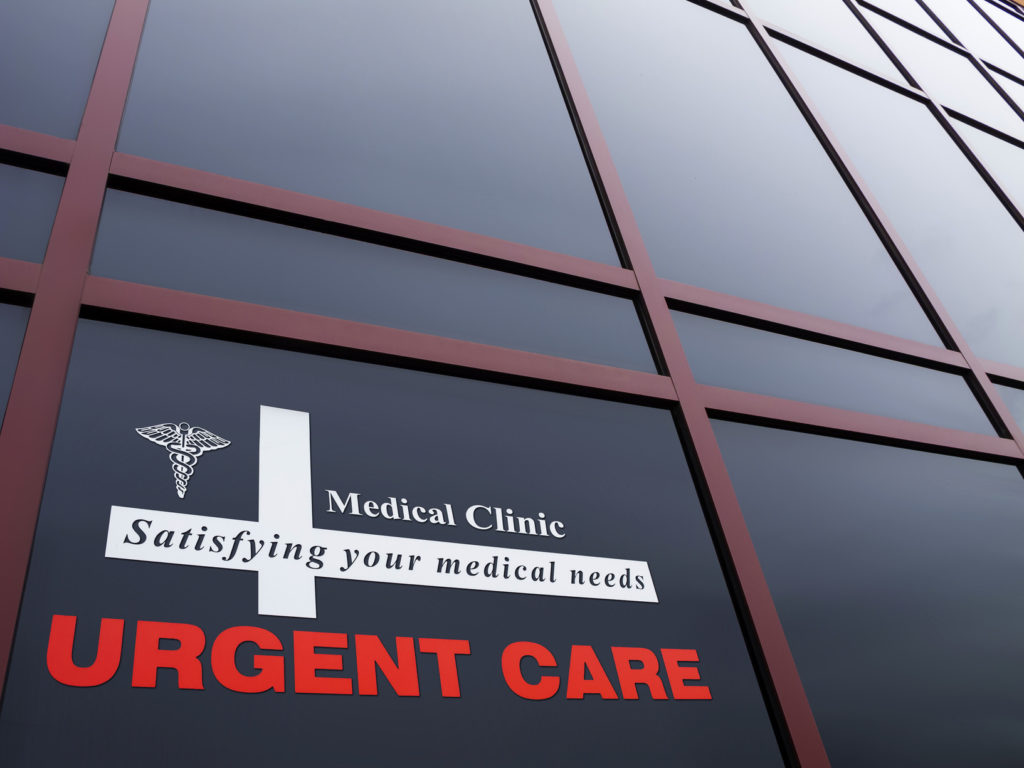Chances are the next time you’re at the shopping mall, you’ll see a health clinic next to a retail store. Since the passing of Affordable Care Act, it’s been estimated, by Urban Land Institute, that 64 million square feet of additional medical space will be needed in the next decade to meet the increased patient population. To build new facilities can be costly; Philadelphia has one of the highest medical office building costs at $257-$303 per square foot according to REED Construction. So health care providers are shifting from centralized facilities to more “unorthodox” locations. However, seeking out the right location can cause a real estate headache.
Retail Therapy
Visibility and accessibility are the big benefits to having health services in a retail space. The concept is to bring healthcare to the patients. While the space is being used as an office, the lease is negotiated as a retail space. The lease terms are therefore different; more responsibilities fall on the tenant and there are budgeting differences. Since many health care systems are run from an established single operation facility, it’s becoming necessary to rely on tenant representatives and eventually transaction managers to deal with off-campus properties. They will be able to address issues like zoning, parking, even biohazard maintenance, all of which can become costly problems.
Off-Campus ER
A medical emergency may no longer mean a trip to the hospital. In response to an aging population and a growing number of insured patients, Freestanding Emergency Rooms (FSEDs) are being built to offset the overcrowded ER problem. FSEDs have been around for decades, mostly serving rural areas. These operations run 24 hours a day, 7 days a week; unlike their urgent care counterparts. However, because FSEDs are expensive to build, many health systems are evaluating different owning and lease options. Some health systems have added FSEDs as anchor tenants to outpatient facilities. Other FSEDs are being opened by developers who are looking to fill a ground lease. The key to FSEDs’ success is strategic placement. Consulting a tenant broker to find a desirable zip code and aligning with a recognizable healthcare brand can be a profitable investment.
Collaborative Centers
A trend that’s gaining traction is multi-specialty centers. Unlike traditional MOBs, these centers focus on collaborative care. This cost-effective, centralized location streamlines waiting rooms, office spaces, and operating rooms. As a result of this collaborative approach, the standard floor plan needs to be altered to support a more open environment. Other issues are also power configurations (especially for surgical centers), structural issues for heavier equipment, and flexibility for mobile technology. These issues should be addressed before signing a lease or deciding to buy a property.
Prescription for Growth Pains
Healthcare and the business of providing it is in constant change. We’re already seeing a push to broaden access to patients by opening more outpatient facilities. In making this change, it’s crucial for medical providers to have easily adjustable spaces and someone who can petition the landlord to work with making these changes less costly to the tenant.

